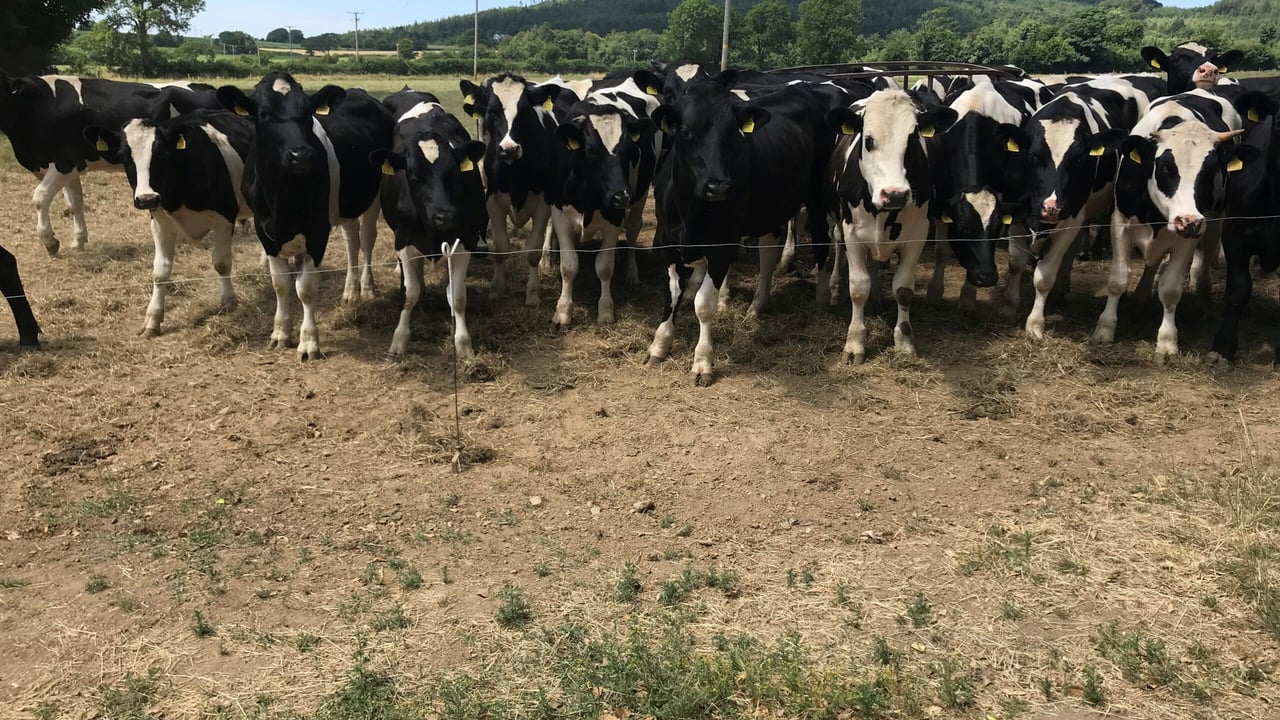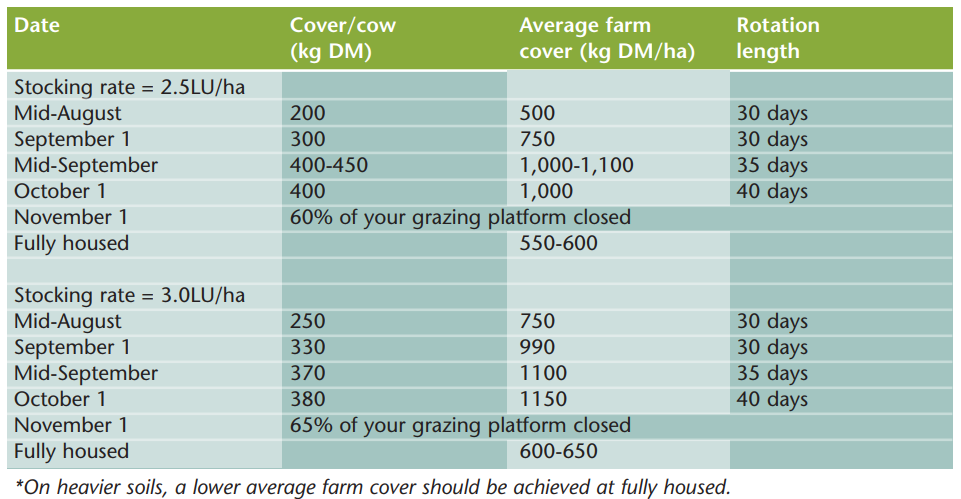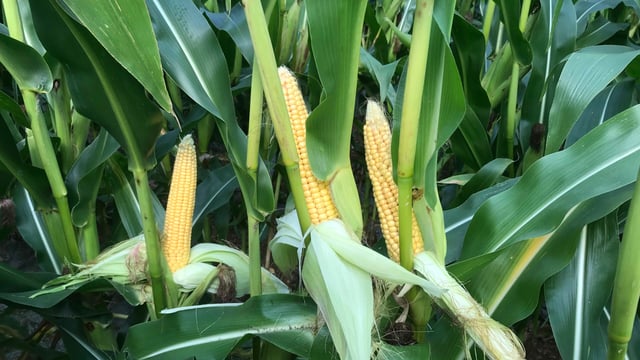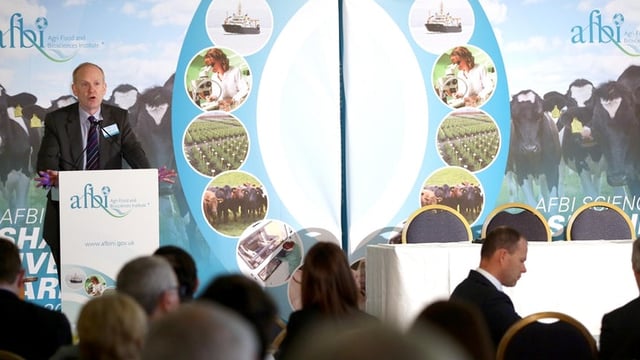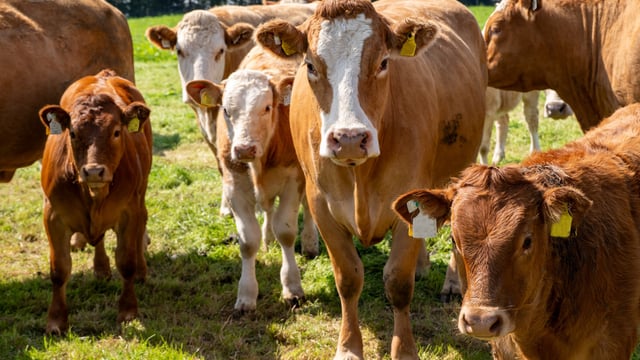Steps to manage your way out of the drought
July 2018 will be remembered for a long time by dairy farmers. Having managed through the drought, it is now about managing out of the drought, Teagasc says.
Even after it rains, you will still need to hold up the rotation and fill the gap between supply and demand. As we head into August, Teagasc says, you need to plan for 30-day rotations (at least) for the remainder of the year.
This is to allow you to build up grass covers (to extend grazing) and to hopefully harvest some surplus grass for silage.
You can expect a big bounce in grass growth once soil moisture deficits (SMDs) return to more normal levels, but there will be a delay between rainfall and peak growth of four-to-five weeks. However, this peak will be maintained for about four weeks, Teagasc says.
Many dairy farms have missed out on a round of fertiliser advice during July. Teagasc advice is:
- If the paddock is still green, spread 35kg/ha (27un/ac) of nitrogen (N) once rain has fallen;
- If the paddock is burnt/brown, wait for it to green up before spreading fertiliser;
- Phosphorous (P), potassium (K) and sulphur (S) are also required to aid grass growth, so the preference would be for compound fertilisers;
- You can expect N mineralisation from the soil following rainfall – of between 10kgN/ha and 20kgN/ha – and this will kick-start grass growth;
- Beware of high levels of N application, as this may lead to refusal of grass by cows. It is best to spread reasonably small amounts of N initially and follow with the next round of fertiliser in three-to-four weeks;
- For third-cut silage (harvested mid-to-late September), fertilise based on the expected yield. Some of the N, P and K requirements can be met by slurry;
- Prioritise application of fertiliser to fields that received no fertiliser for the last month to ensure adequate nutrients are available for growth.
Table: N, P and K requirements for third-cut silage based on expected yield
In addition, Teagasc says the autumn grazing targets remain the same. This year – more than ever – you need to ensure that you extend grazing into late November.
Table: Autumn grazing targets for dairy farms

